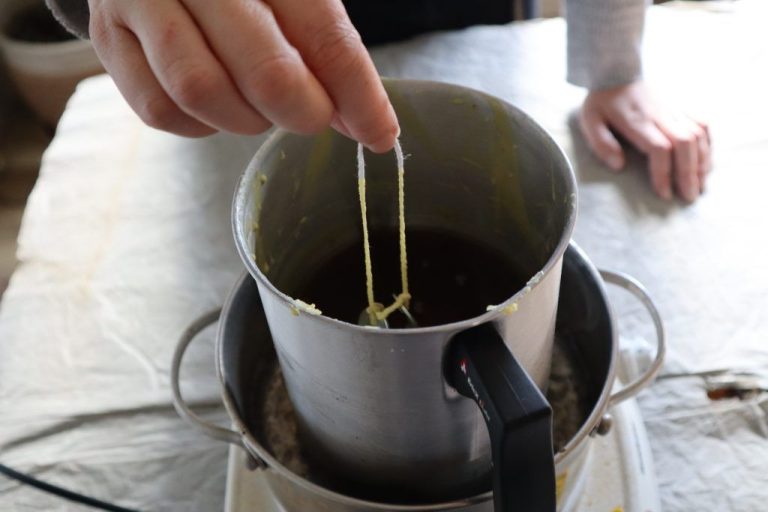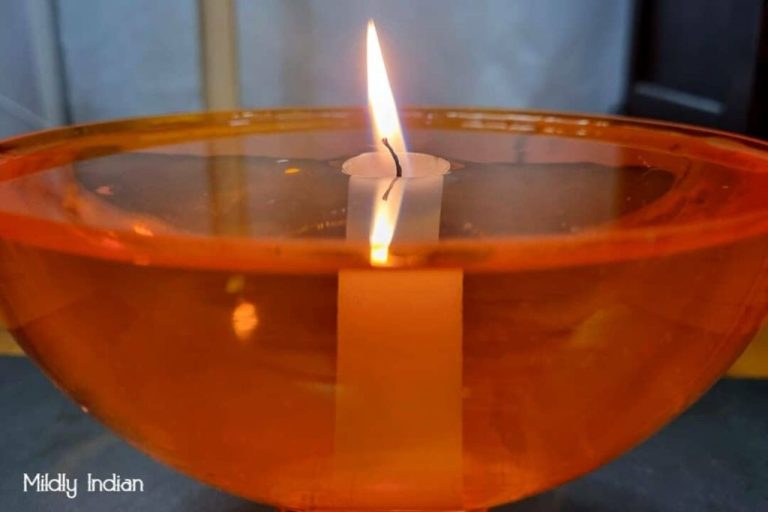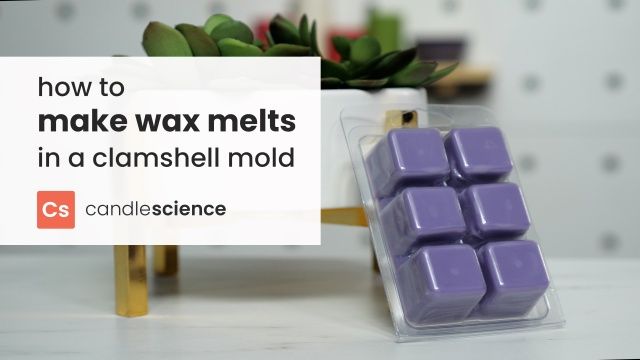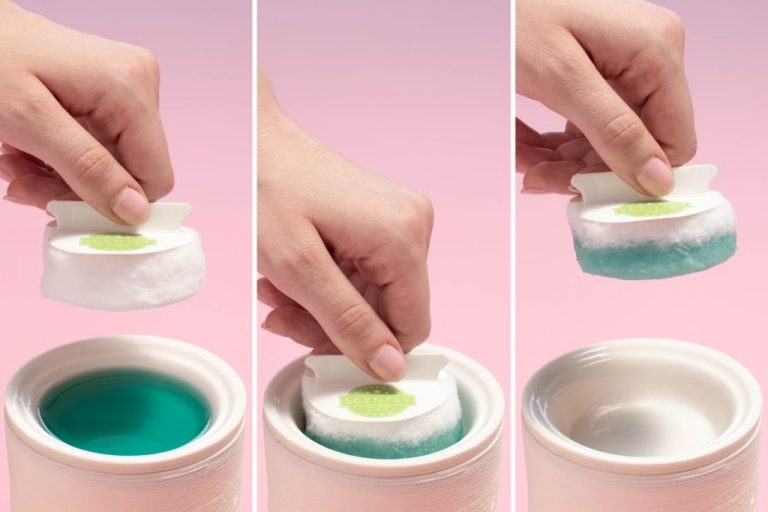How Do I Choose The Right Wax?
Choosing the right type of wax is one of the most important decisions when making candles. The wax you select determines the quality, performance, and characteristics of the finished candle. With so many wax options available, from paraffin to soy wax and more, it can be overwhelming to decide which is best for your needs. Understanding the differences between waxes allows you to match your wax selection to your candle making goals and intended use. Whether you want to make container candles, pillars, or votives, maximize fragrance retention, or use only natural waxes, you can find the right wax for your candles with a bit of knowledge.
Wax Types
The main types of wax used in candle making include:
- Paraffin Wax – This is a petroleum-based wax made from crude oil. It’s highly refined and odorless. Paraffin wax is inexpensive, easily accessible, and has a great throw (fragrance). However, it can produce more soot than natural waxes when burning. Paraffin tends to be brittle and needs to be blended with other waxes (source).
- Soy Wax – This natural, vegetable-based wax is made from hydrogenated soybean oil. It’s biodegradable and burns cleaner than paraffin. Soy wax holds fragrance well. The drawbacks are it’s softer than paraffin wax and more prone to frosting (crystallization). Soy wax is also more expensive than paraffin (source).
- Beeswax – Beeswax is a natural wax made by honey bees to construct their honeycombs. It has a lovely natural honey aroma. Beeswax burns slowly and cleanly. However, it’s quite expensive and challenging to work with due to its high melting point.
- Coconut Wax – This natural wax is extracted from the fatty acids in coconut oil. It has great scent throw and produces minimal soot. Coconut wax can be prone to separating and frosting.
Other waxes used in candle making include palm, bayberry, and vegetable-based blends like eco-soy and amber blend.
Intended Use
The intended use of the wax is a key factor in selecting the right product. Waxes are formulated for specific purposes like candles, seals, finishes, etc. Each application requires wax with different properties.
For candle making, you’ll want a wax with a low melting point so it liquefies at lower temperatures. Paraffin and soy wax are commonly used. The wax burn rate, scent throw, and coloring are also considerations for candles. A smooth finish and clean burn are desirable.
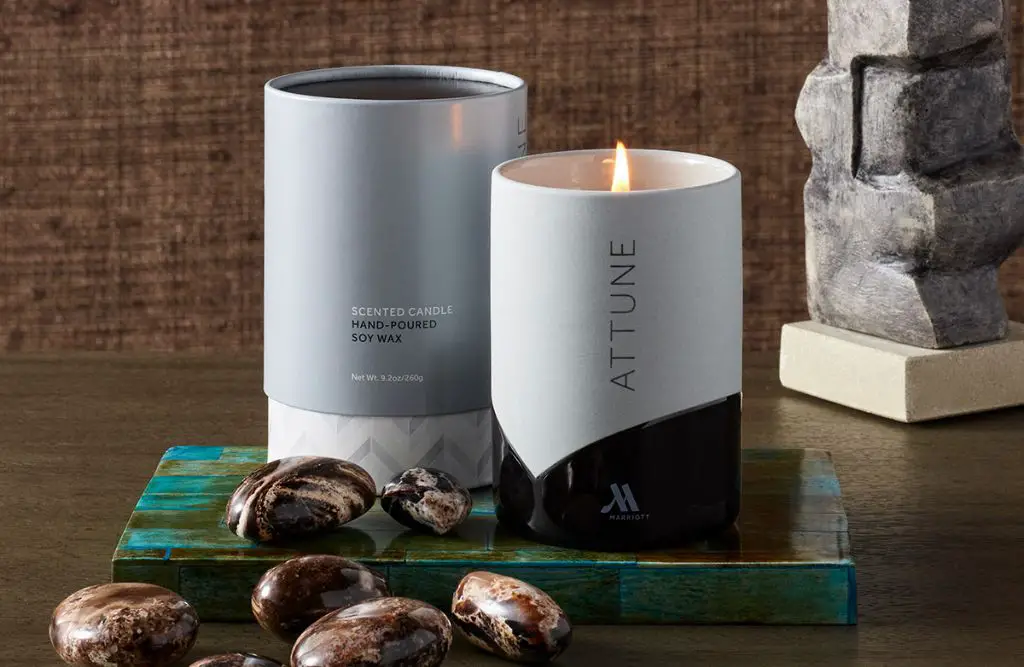
Sealing wax is used to seal envelopes and documents. It needs to adhere well and create a tight seal. Sealing wax is often colored and imprinted with a design. Hard waxes like shellac or lacquer are frequently used.
Waxes are also used to create finishes and polishes. Carnauba wax produces a hard, durable shine ideal for furniture and automobiles. Softer waxes like beeswax give wood finishes a warm glow. The hardness and buffing properties are important for finish waxes.
Understanding how you intend to use the wax guides you in selecting one with the right melting point, texture, scenting, and other properties to meet your needs.
Melting Point
The melting point of a wax refers to the temperature at which it transitions from a solid to a liquid state. This is an important factor to consider when choosing a wax, as the intended use will determine whether a higher or lower melting point is preferable.
For candle making, higher melting point waxes like paraffin (melting point 143–165°F) and beeswax (melting point 144–147°F) are best, as their solid structure allows candles to retain their shape and burn slower and more evenly (Source). Waxes with lower melting points like soy (115-135°F) may burn too quickly or lose their shape in warmer environments.
Conversely, waxes with lower melting points like soy, coconut (76-78°F), and palm (94-104°F) work better for wax seals and lubricants, as they melt at lower temperatures for easier application and spreadability (Source). Their lower melting points also make them safer for skin contact.
Understanding the intended use and optimal melting point range is key to choosing the right wax for any project.
Color
The natural color of beeswax ranges from yellow to brown, depending on factors like the flowers and plants the bees visited. Paraffin wax is white. Soy wax can range from off-white to yellowish. The natural colors of waxes impact their scent and texture as well. Some people prefer the natural light color of soy wax, while others like the warm golden tones of beeswax.
Waxes are often dyed to achieve vibrant colors like red, blue, or green. However, dyed waxes tend to be less stable over time. According to research, dyed materials experience more color change when exposed to light (https://www.ncbi.nlm.nih.gov/pmc/articles/PMC6519178/). The pigments used for dyeing wax can fade or shift in tone.
Neon dyed waxes are especially prone to color instability. The more translucent a wax, the more the color changes when exposed to light (http://encaustic.com/wax-block-qualities-pigment-transparency-lightfastness/). For long-lasting color, opaque waxes dyed in darker, less vibrant tones tend to hold up better over time.
Scent
One of the most important considerations when choosing wax is the scent. There are two main options for scented wax: natural scents from essential oils or added fragrances. Natural scents like lemon, lavender, pine come from essential oils and provide a more subtle, authentic aroma. Added fragrances use synthetic perfumes to create bolder, more complex scents like apple pie or mahogany. While added fragrances have better scent throw and last longer, some people prefer natural essential oil scents for their authenticity. Testing different wax samples is the best way to find a scent you enjoy with an appropriate strength. Look for wax with a scent throw to suit your space – lighter scents for small rooms, stronger options for large areas. Consider blending complementary scents like lavender and lemon to create your own custom fragrance.
Texture
The texture of wax refers to its tactile properties and consistency. This is an important factor when choosing wax for different applications. According to the Elements of a Candle site, reputable candle manufacturers use waxes with a “Smooth texture” that are “buffable under slight pressure”.
In general, a creamy, smooth wax texture is preferable for applications like candles, cosmetics, and furniture polishes where you want an even application and finish. As the Four Reasons Texture Wax page notes, waxes with a “Strong hold” and “smooth texture” work well for hair styling.
Grainier, flakier waxes tend to provide more grip and friction, so they can be useful for applications like crayons, surfboard wax, and grip tape. But for products where you want a consistent glide or smooth finish, a creamy wax delivers better results.
Blending
Blending different types of wax can help candle makers achieve desired properties in their finished candles. For example, blending a small amount of beeswax into soy wax can help improve scent throw and make soy candles harder. On the other hand, adding a bit of paraffin wax to soy wax can make the wax easier to work with and speed up cure times. Some popular wax blends include:
- Soy wax blended with beeswax or paraffin for improved performance
- Coconut wax blended with paraffin or soy wax to make the wax harder while retaining coconut’s great scent throw
- Beeswax blended with soy, paraffin or palm wax to increase wax stability and fragrance retention
When blending waxes, it’s generally best to start with small test batches to find the ideal blend ratios. Factors like the wax’s melting point, texture, and color will all be affected. Keep detailed notes on blend ratios and how different waxes interact. This will allow candle makers to recreate successful blends in the future.
Testing
When creating your own custom wax blends, it’s recommended to test small batches first to dial in the properties you desire before scaling up production. There are several standard tests used in the wax industry to evaluate characteristics like melting point, color, hardness, and more:
The melting point, which indicates the temperature at which a wax transitions from solid to liquid, can be tested using methods like ASTM D87 or ASTM D938. Checking the melting point is important to ensure your wax is suitable for the intended application. For example, candle waxes generally have melting points between 125-165°F (Source: https://www.intertek.com/chemicals/testing-and-analysis/wax/types-capabilities/)
Wax color can be evaluated visually or measured more scientifically using spectrophotometer instruments and scales like the ASTM D6045 color scale. The color of a wax impacts the aesthetics.
Hardness and texture are also key. Tests like the ASTM D1321 needle penetration test measure how easily a needle penetrates the wax, indicating hardness. The proper hardness is required for good scent throw in candles or desired lubricity levels in lubricants. (Source: https://blendedwaxes.com/services/lab-testing/)
By evaluating small test batches first, you can fine-tune the wax blend to achieve your target properties before increasing production.
Conclusion
When choosing the right wax for your needs, there are a few key factors to consider. First, think about what you intend to use the wax for – candles, soaps, cosmetics, etc. Each application requires waxes with different properties. Melting point is also important, as you need a wax that melts at the proper temperature for your climate and usage. The color, scent, and texture of the wax can also impact your final product. Consider blending waxes to achieve your ideal characteristics. Finally, testing different wax types with small batches is invaluable. By making samples with different waxes, you can empirically determine which performs best for your specific purpose before making large quantities. The right wax for you depends on experimentation and how well it matches your desired qualities and application. Keeping your intent and ideal properties in mind while testing waxes will lead you to the perfect match.


